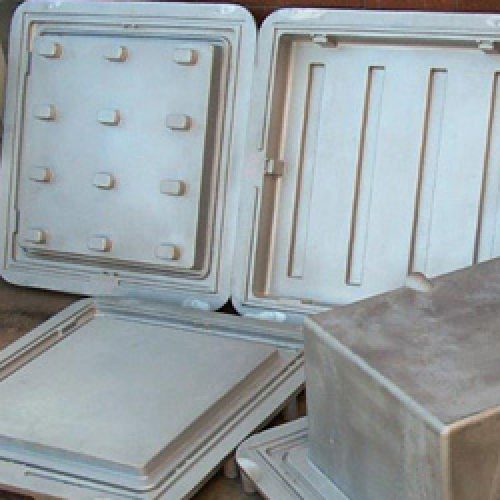During the first half of the last century, metallurgical science highlighted all things tough, the durability and rigidity of structural alloys. Aluminium casting leverages dramatically contrasting properties. Still known for its toughness, the space-age metal also has a reputation as a lightweight industrial material, one used in aeronautics and other critical weight-saving applications. The potential usage areas for the material continue to expand, leaving the casting process to fully realise contemporary material characteristics.
Specialized Die Casting Techniques
This method of machine-cutting tool steel moulds favours mass-produced components and complicated geometry. The surface finish is dense, the parts small, and minimal post-mould work is required to finish the product. In the case of aluminium, the molten metal is injected under pressure into the mould. Detailed products are manufactured in this manner, with the walls tuned in width to lighten the component. Additional cavities are also entirely possible, thus further reducing the dimensions while retaining the strength of the metal.
Dedicated Gravity Mould Casting
In order to scale the last method, we resort to a gravity or permanent mould process. Now, while the aluminium casting process covered in the last paragraph employed an injection mechanism, gravity provides the physical force in this case. The permanent moulds are filled. The hot metal flows into the mould to uniformly cover its extremities. And, finally, a die casting release agent enhances the release stage to smoothen the finish. Suited for medium to high volume production environments and larger sections of aluminium. The technique is dimensionally accurate and capable of repeatedly manufacturing finely detailed parts.
Sand Casting
Big wall thickness and structural definition accompany a sound mechanical profile when this system is employed. The methodology behind the process forms the backbone of the large-scale aluminium casting industry. And, just as the term suggests, sand is the mould medium of choice in this instance. Versatility is the natural outgrowth of the pliable moulding method, with foundries producing thousands of castings from the technique. Meanwhile, the sand can be reused, over and over again, thus securing the cost-effective feature of the process. Tooling costs are low while the aluminium components are augmented in scale.
The automotive and aeronautics industry form a significant sector of the aluminium applications base, all with differently graded alloys combining with the above casting techniques to produce lightweight and robust components. Of course, it doesn’t end here, not when billets and ingots of the lightweight metal are being worked on in vacuum dies, lost foam machinery, and any number of equally productive moulding stations.


